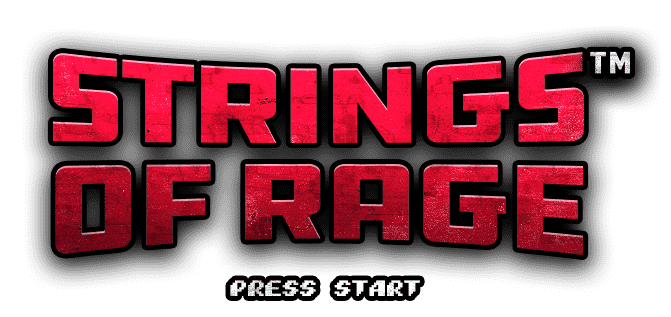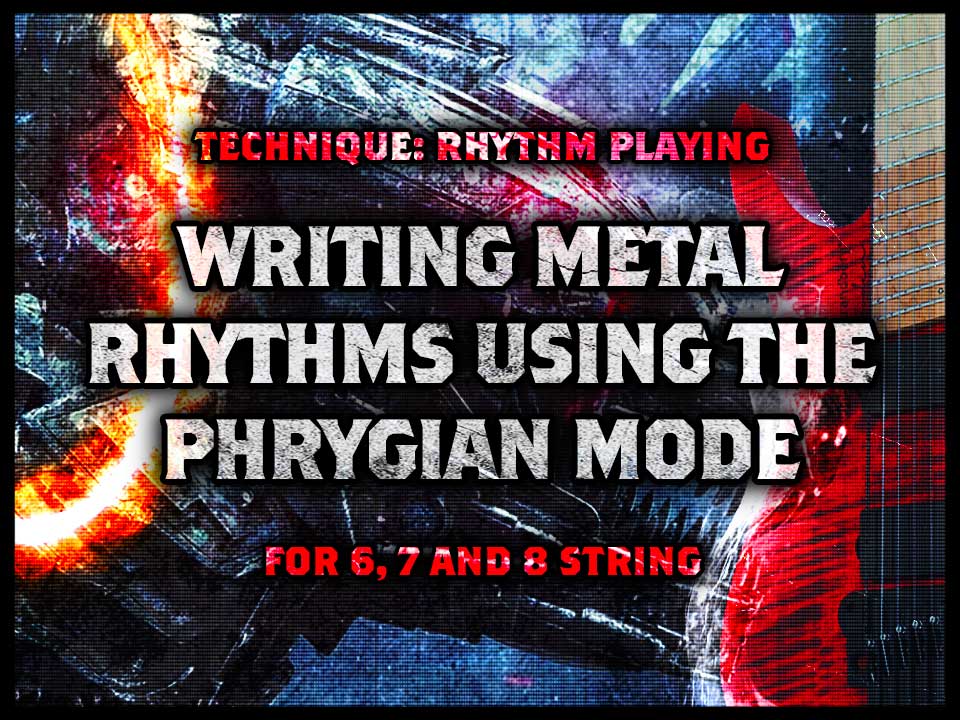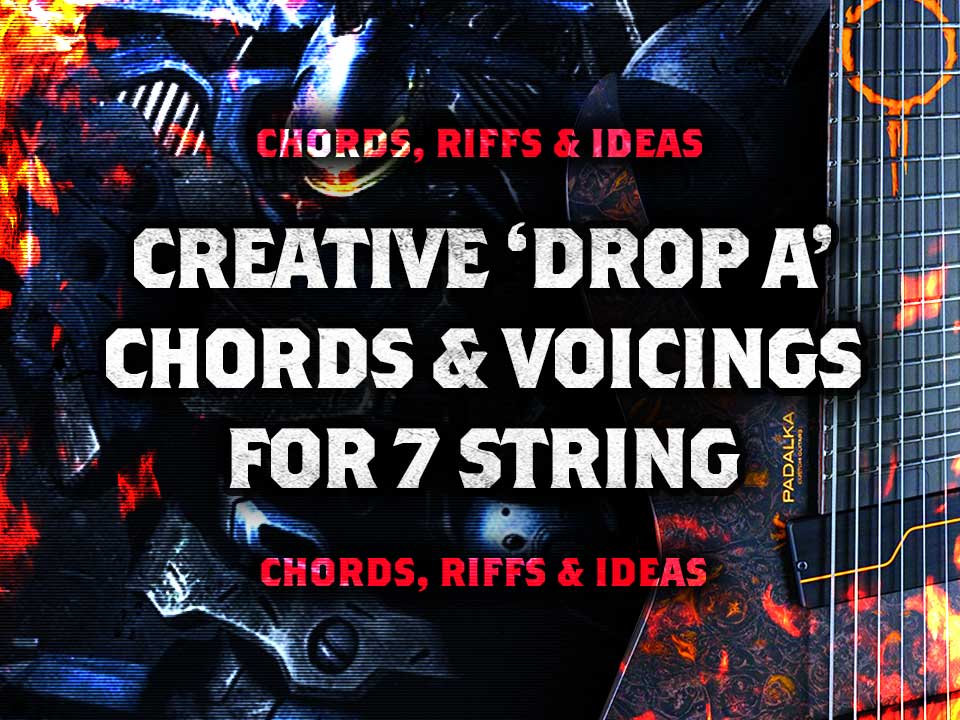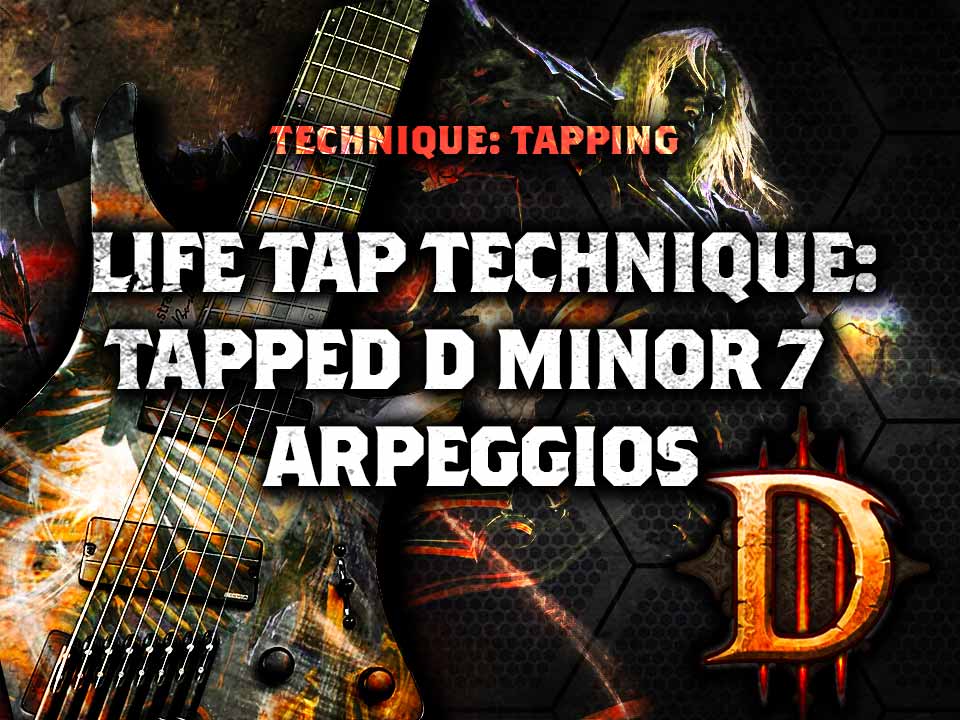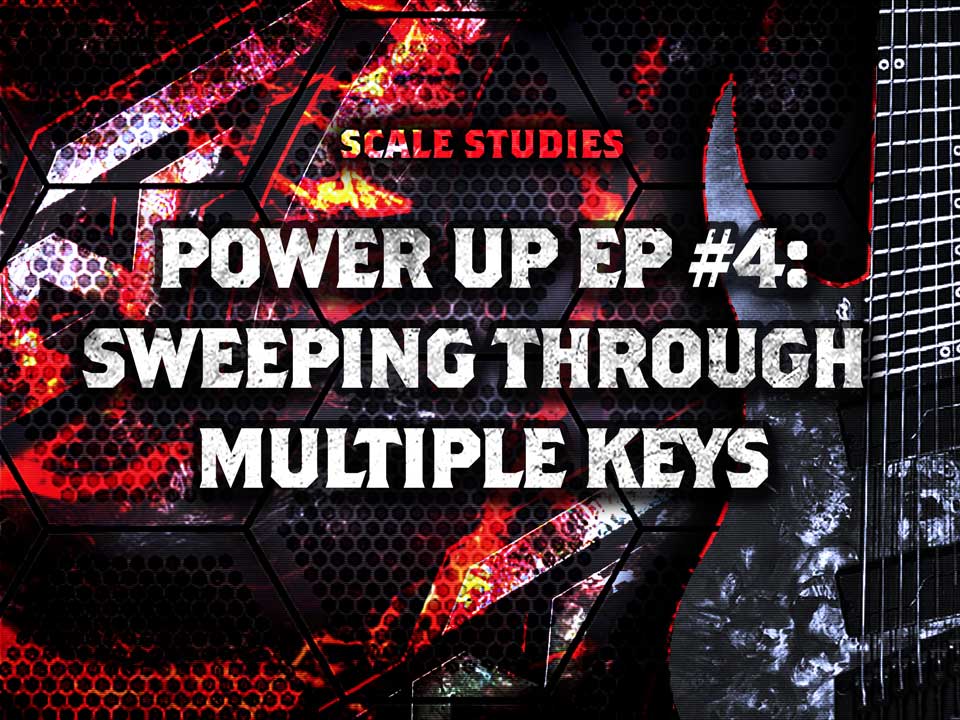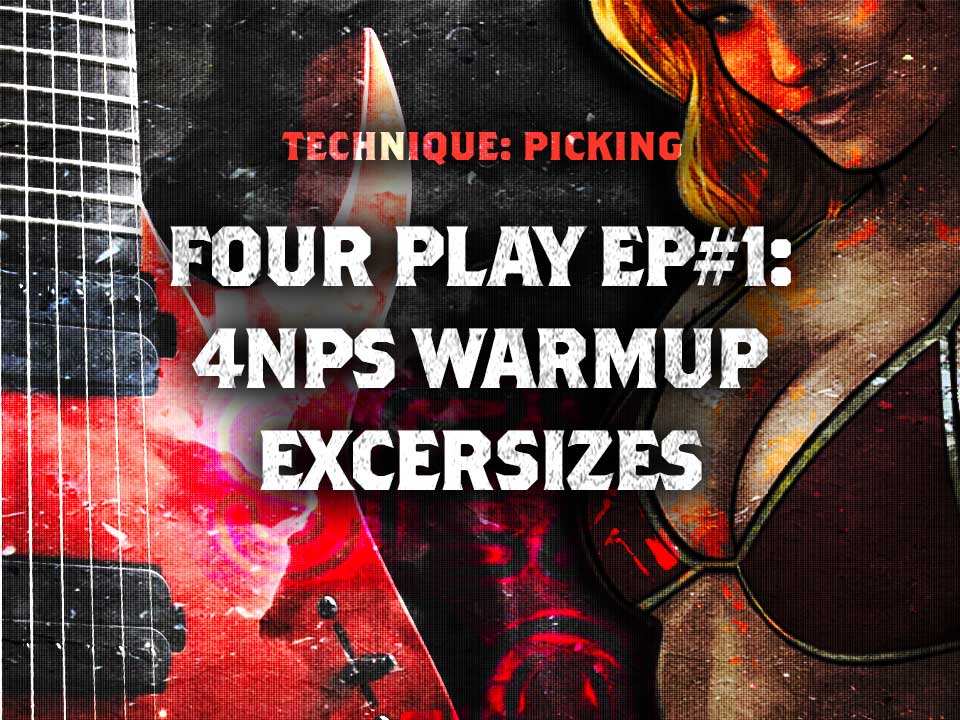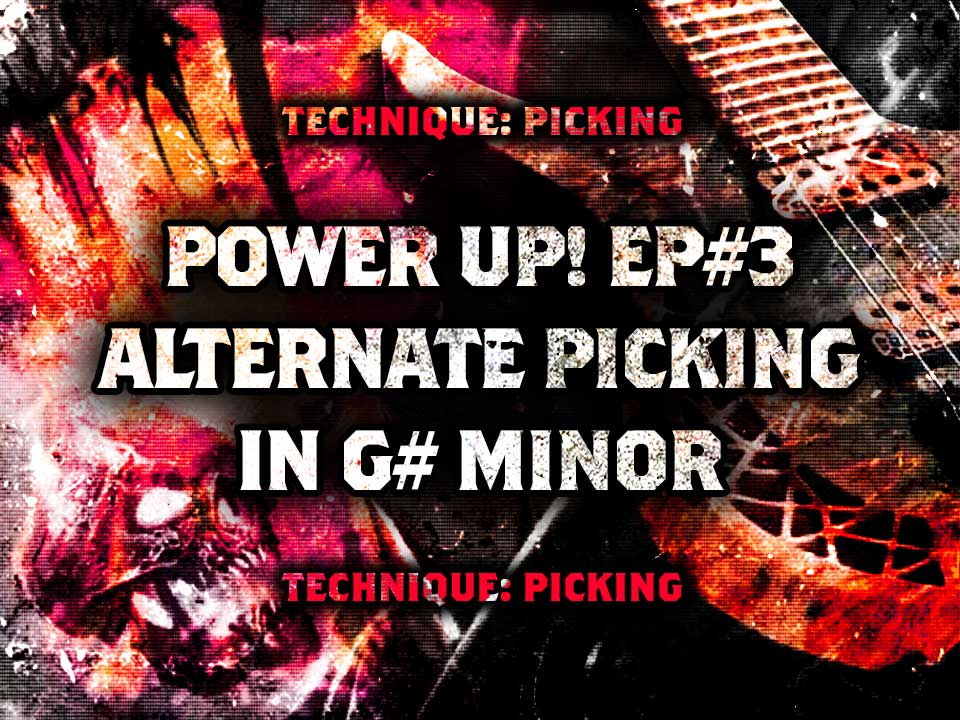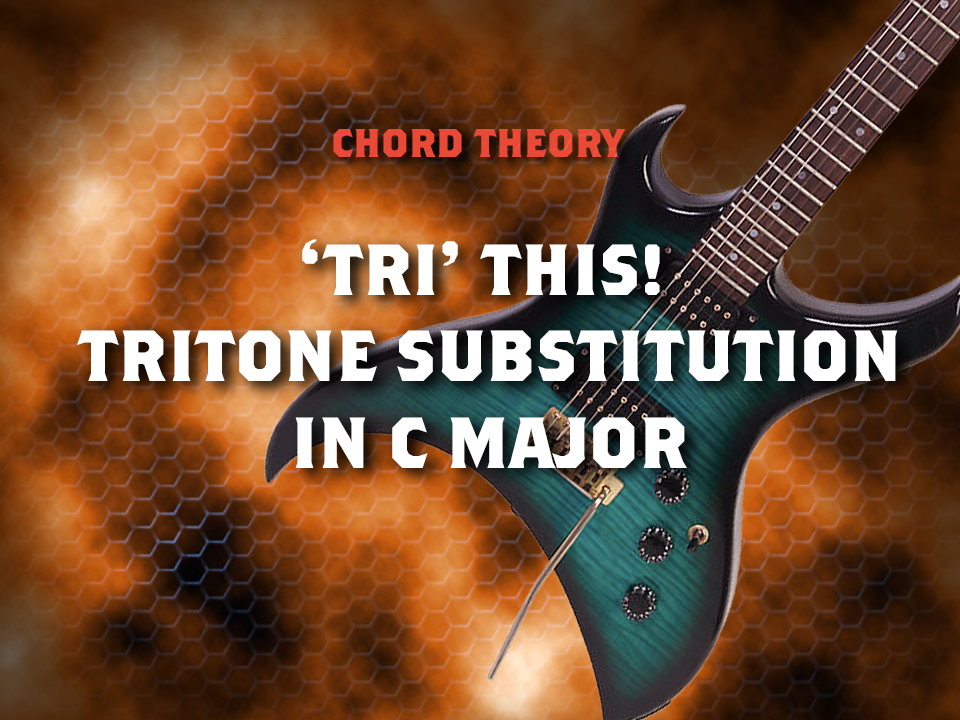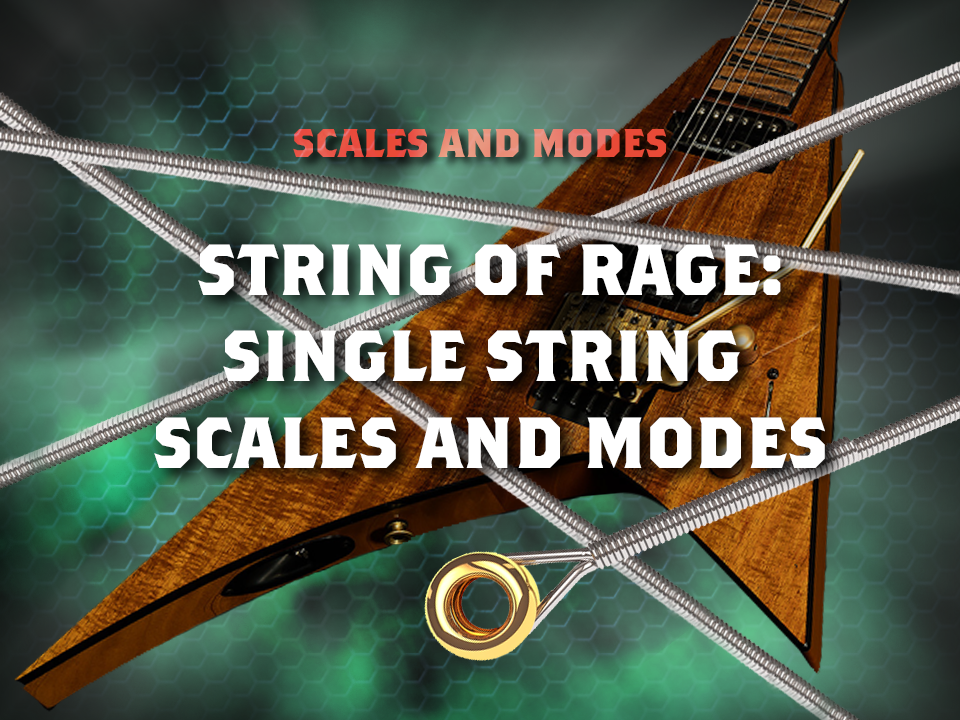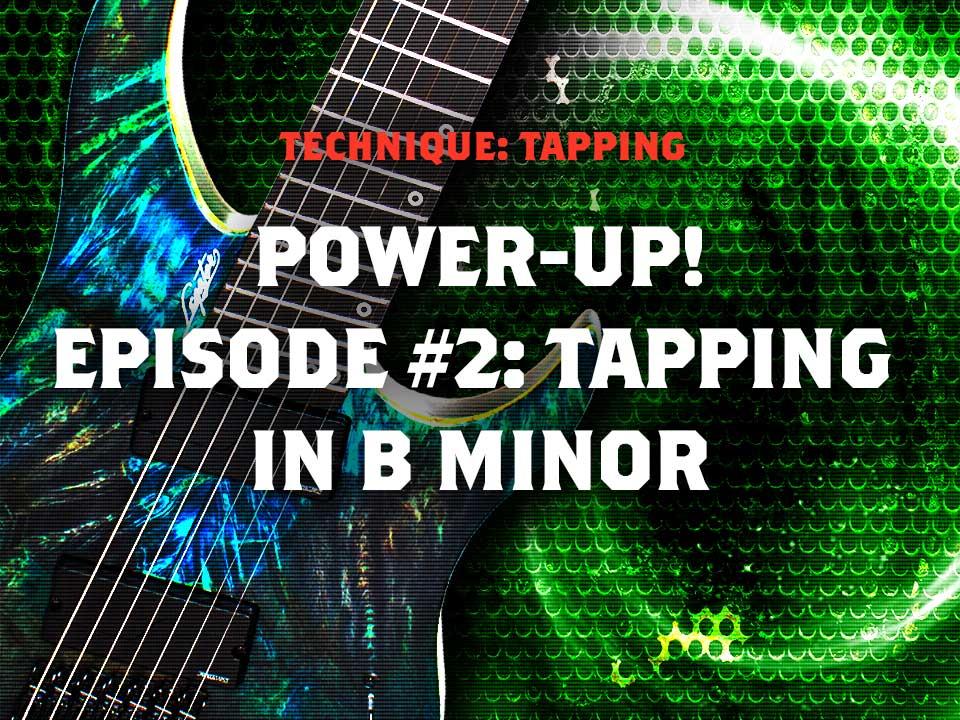In this lesson we’re going to look at how to use the Phrygian mode to create a metal rhythm part. We’ll look at how to play the mode on 6, 7 and 8 string guitars.
Continue ReadingGreetings! Today we’re going to look at some ways of writing lead melodies and leads over a riff made up of single notes rather than chords. We’ll assess each riff to work out which modes can be used. Included are 3 simple backing tracks. You can use these to improvise over and test out ideas. Let’s get started!
Continue ReadingToday we’re looking at a short arpeggio sequence that uses a 3 string minor 7 pattern. This arpeggio ascent works really well as a warmup. Let’s go over a few variations to help with our timing and coordination.
This Ascending minor 7 warm up is great because it gets all 4 fingers working in a way that isn’t chromatics. Further to this, beyond being just a warm up, this type of idea where we’re moving one arpeggio shape in different intervals is a great way to add ‘outside’ type flavours to your playing because it is essentially an unexpected key change.
Continue ReadingToday we’re going to look at a quick warm up exercise. This one combines a descending sweep arpeggio with an ascending picking run. This is a great way to warmp up both hands.
Continue ReadingIn this lesson we’ll combine some tapping with a riff to create an unusual “alien” kind of sound. I’ll keep the riffs quite simple so that you can focus more on the tapping side. However once you get the hang of things you can start to combine these ideas with more complex riffs.
We’ll also look at doubling up on the tapping parts with a minor 2nd harmonised part. This will give it a dissonant and more alien sound.
Continue ReadingWelcome back! We’re going to look at a cool Arpeggio Sequence using B minor and A Major with some additional scale extensions. We’ll go over the shapes & positions, how to play it, and how to develop speed and accuracy.
We’ll throw in an inversion of Bm too for a bit of fun and extend the arpeggios to Bm(add11) and AMaj(add11). This arpeggio sequence is good for people who are new to sweeping. It will help you to get used to, and develop the technique. However its also fun to play really fast so if you’re already a good sweeper you may still enjoy this one!
Continue ReadingIn this episode we’re going to look at the Melodic minor scale and its Modes. We’re using standard 8 string tuning: F#, B, E, A, D, G, B, E. Each mode pattern will be 3 notes per string.
Like the Harmonic minor scale the Melodic minor scale is a based on the Aeolian mode. The Aeolian mode, or Natural minor scale is the 6th mode of the Major scale. By raising both the 6th and 7th notes of the minor scale we get Melodic minor. You may also see this scale referred to as Jazz Minor. Let’s take a look at Melodic minor for 8 string guitar:
Continue ReadingIn this lesson we’re going to look at Harmonic minor for 8 string guitar and its Modes. We’re using standard tuning: F#, B, E, A, D, G, B, E. Each mode pattern will be 3 notes per string.
Before looking at Harmonic minor for 8 string, first we need to understand the difference between the Natural minor Scale and the Harmonic minor Scale. Natural minor, or just minor, is the 6th mode of the Major scale, also called the Aeolian Mode. In order to get the Harmonic minor scale we need to raise the pitch of the 7th note by a semi-tone.
Continue ReadingToday we’re going to learn how to play an arpeggio using two handed tapping. We’ll focus on Dm7 and go over some ways of practicing it. Then we’ll look at how to start using it to improvise over a backing track. The aim is to get to a point where you can play the arpeggio fast and cleanly.
However you also want to be able to use it melodically. Once you get to grips with it you will be able to incorporate tapped arpeggios into your playing. Then you can mix it with other techniques too.
Continue ReadingWelcome to Power Up! episode 4. This time we’re looking at Sweep Picking. We’ll be focusing on a 3 string, major chord triad. The idea here is to focus on one shape to help really develop the sweep picking technique without making things too complex.
Continue ReadingIn this lesson we’ll be looking at a couple of quick warmup exercises that uses all 4 fingers. We’ll start with a chromatic pattern and then look at a couple of variations. 4 finger patterns are a perfect way to get warmed up as well as become more accustom to using all 4 fingers more efficiently.
The aim with this guitar warmup exercise is to warmup your picking hand and fretboard hand & fingers. Once warmed up you can start to practice more complex ideas with less risk of strain or injury. When using alternate picking make sure that both hands are really in sync with each other. If you’re used to picking in a 3nps fashion then this will really be a test of your dexterity.
Continue ReadingWelcome to episode 3 of Power Up! This time we’ll be looking at a simple picking lick. The idea is to repeat this slowly over and over to develop coordination between your fretboard hand and your picking hand.
Developing coordination with this odd time alternate picking idea across all 4 fingers on your fretboard hand will help not only with picking ideas like this but also many other aspects of your playing, from advanced chords to riffs and of course shred techniques.
Continue ReadingToday we’re going to look at some arpeggios for seven string guitar. In this episode we’ll learn some of the basic triads across 7 strings and then in future episodes we will expand on these to form more complex chord arpeggios.
If you’re an extended range player you’re probably already curious as to how to expand your ability to include the 7th string. These 7 String Sweep Picking ideas will definitely test your playing and finger dexterity. Always remember to take these ideas slow at first, speed is always a by-product of control! Lets go!
Continue ReadingToday we’re going to look at some ‘Tritone Substitutions’. So what is a Tritone and what is a Substitution?
Continue ReadingUnderstanding the differences between the scales and modes can feel like a daunting task. What makes a scale Major or Minor? Why do we get different chords from different scales? Understanding the intervals which make up each scale or mode can help. One way to do this is to learn the scales across a single string so that you can more easily see the distances between notes.
In this post we’re going to look at 11 different scales/modes, all starting from the root note A. We’ll play these single string scales on the A string to keep things simple. Moving these patterns to other strings will give you different key centers as will moving the patterns up the fretboard. We’ll start by looking at all twelve intervals in relation to the note A:
Continue ReadingIn this episode of Power Up! we’re going to look at a simple tapping lick in B minor. This will help you to perfect the technique before moving on to more complex tapping ideas.
Tapping in B Minor – We’re going to tap with both hands rather than pulling off from the picking hand to the fret-board hand, although feel free to play it that way too. This will give us a slight “staccato” feel. Check out the video below:
Continue ReadingWelcome! Today we’re going to look at a simple Legato lick to help ‘power-up’ our playing. The aim is to improve our dexterity, finger strength and stamina.
In traditional musical notation “Legato” means to play or sing notes smoothly transitioning from one to the next with no gaps in between. (The opposite of this would be Staccato, where you cut off each note and have a brief silence before the next note.
Continue ReadingWriting (not Falling) In Reverse! In this lesson we’re going to look at some ways to add rhythms to a lead guitar part when the lead part was written first. We’ll use a lick that we’ve previously written in B phrygian to demonstrate and find inspiration to how this can work.
Most commonly you would write a rhythm track and song structure before exploring how melodies and solos can work over the given chords. Understanding how to reverse engineer these ideas will not only help writing a guitar solo, but it will help your guitar playing in many other ways too. If you can master this you’ll be a versatile band musician as well. If you’re anything like us you’ll always find times where you’ve written an incredible lead lick, solo or melody that then needs backing music to support it! Let’s get into it!
Continue Reading